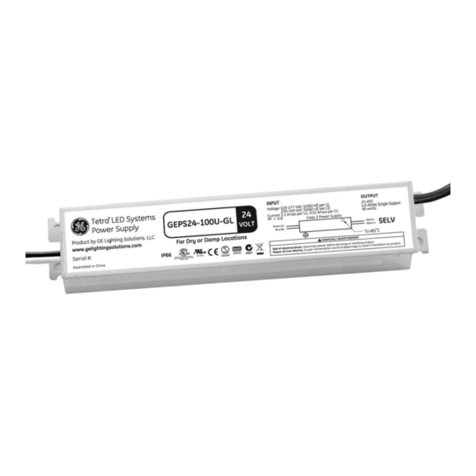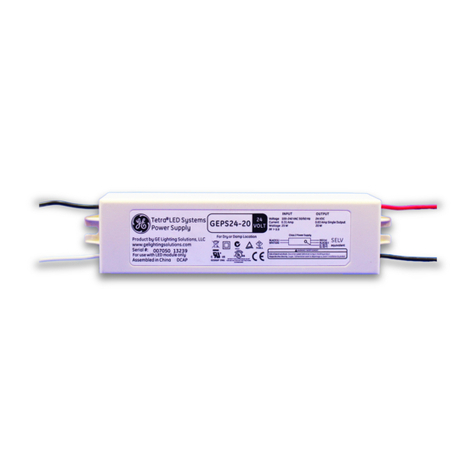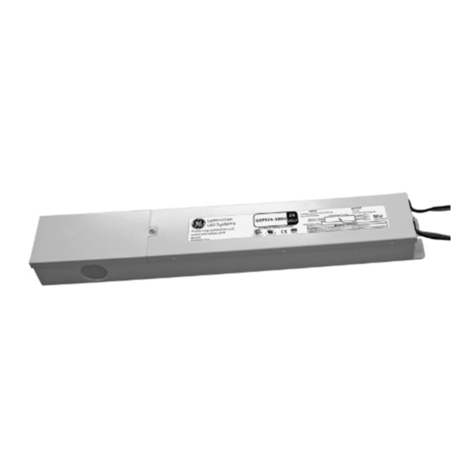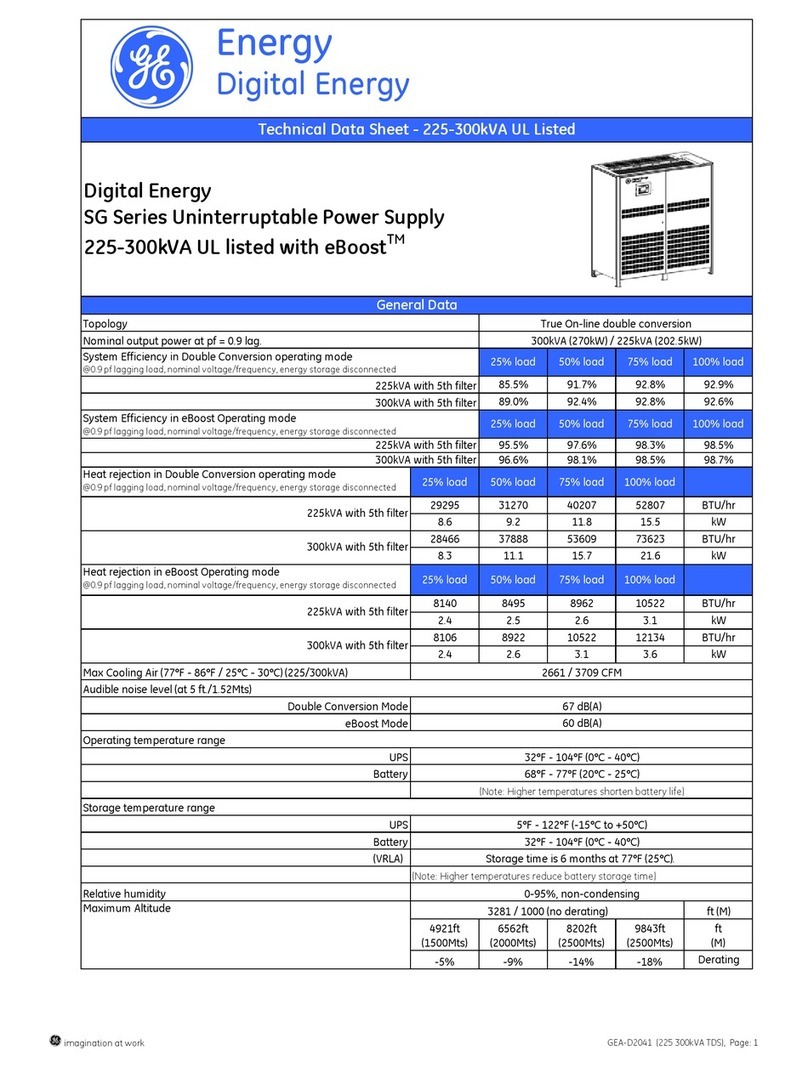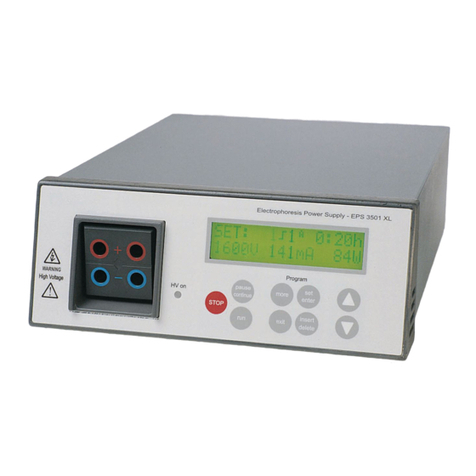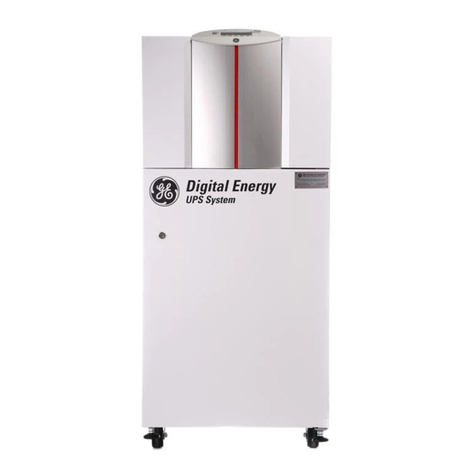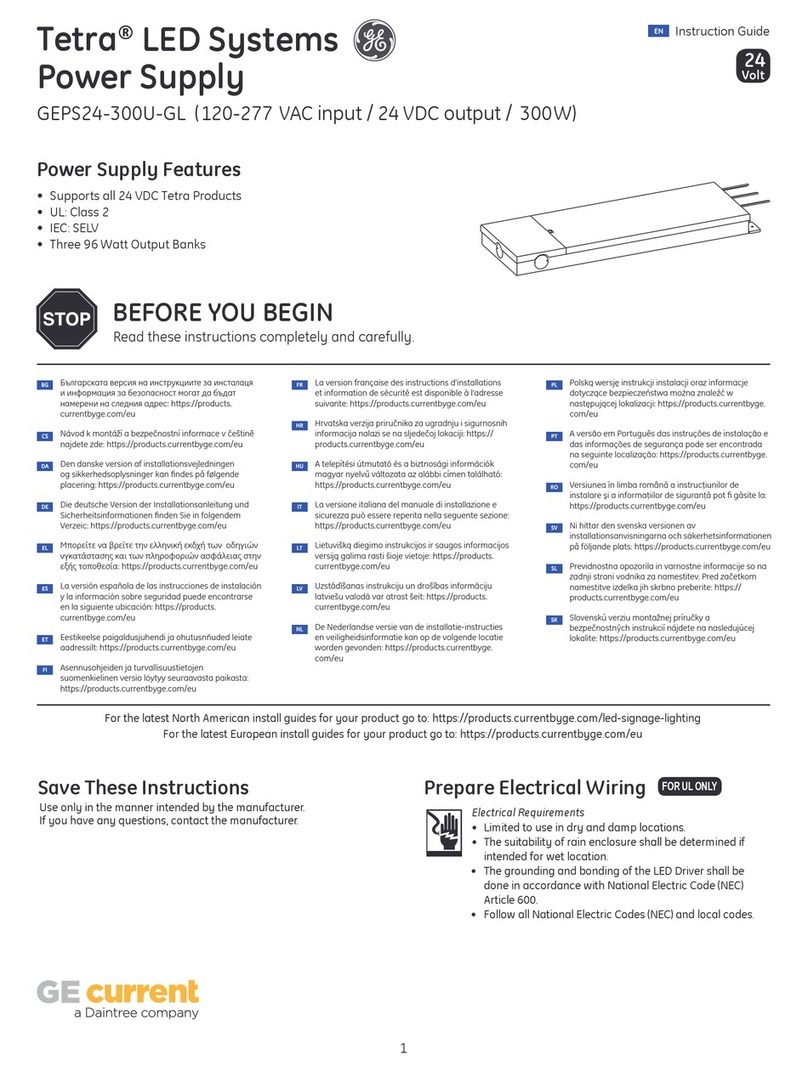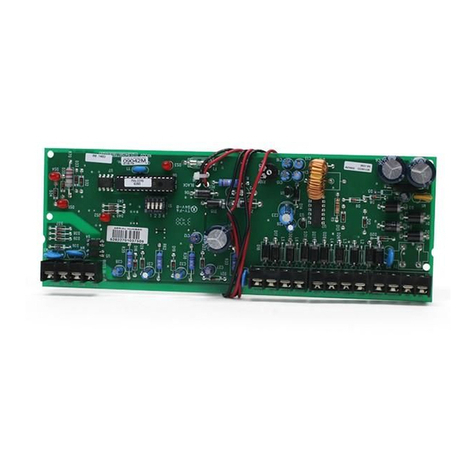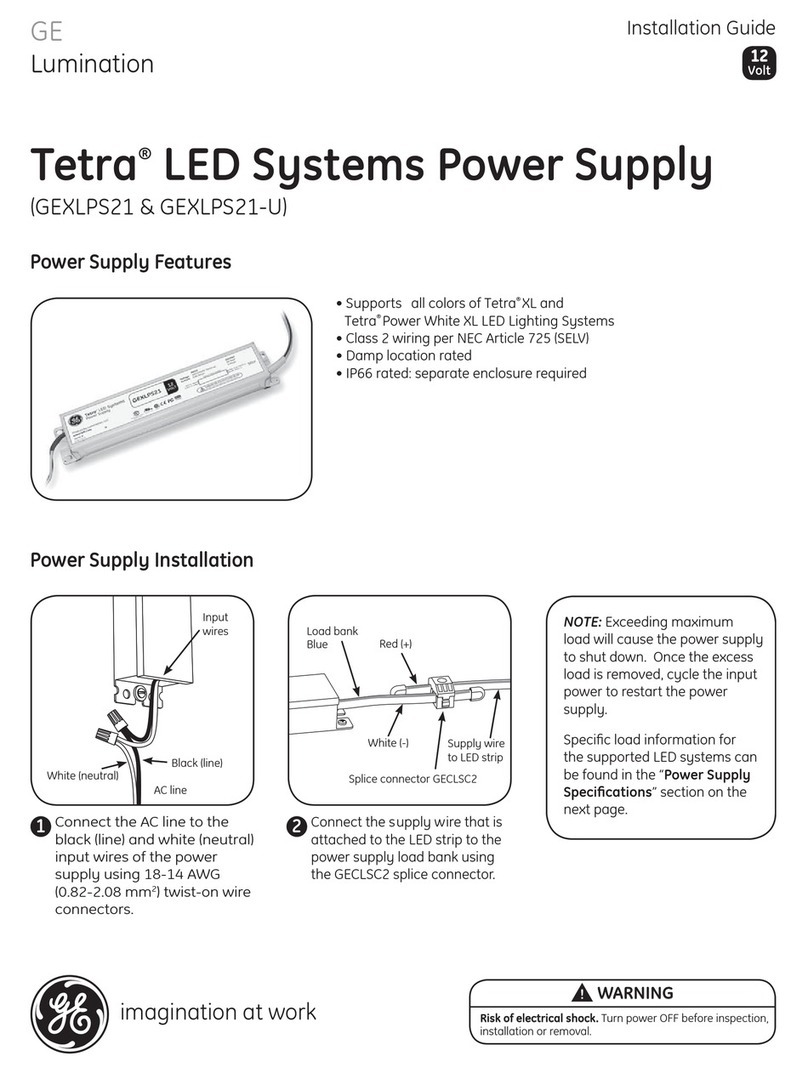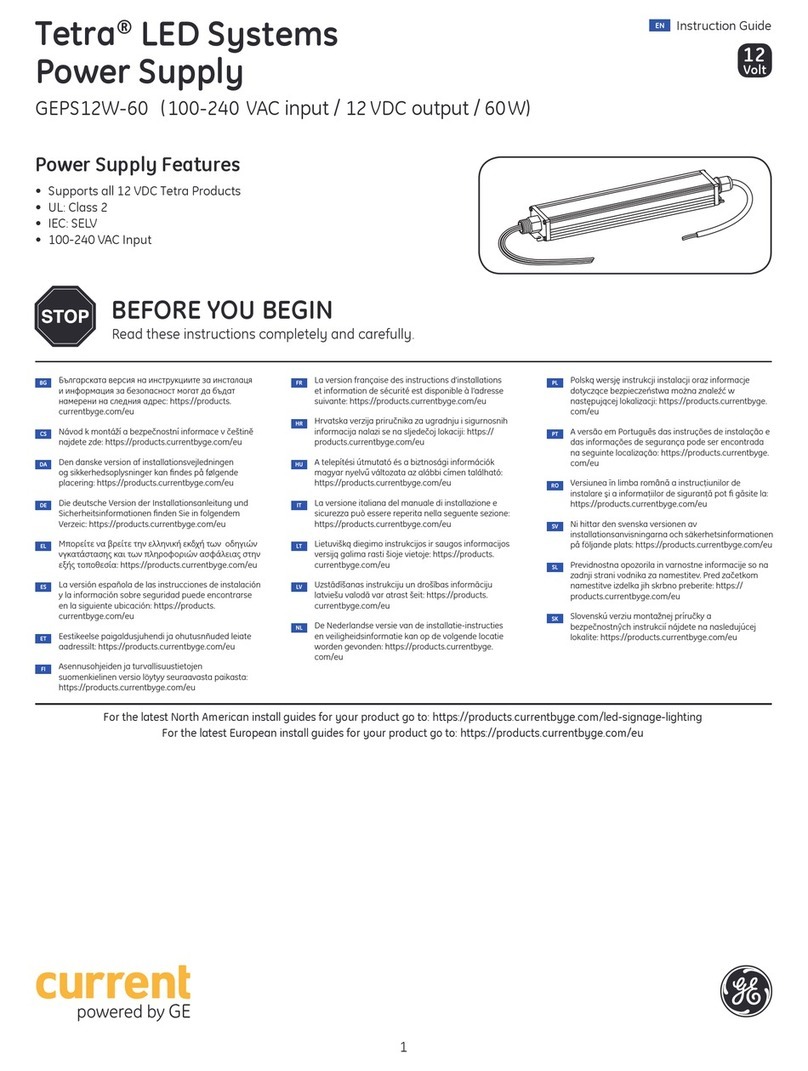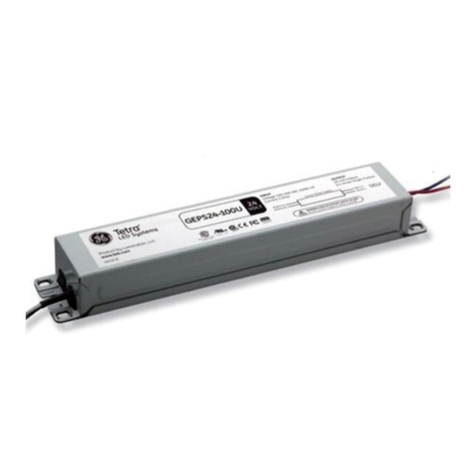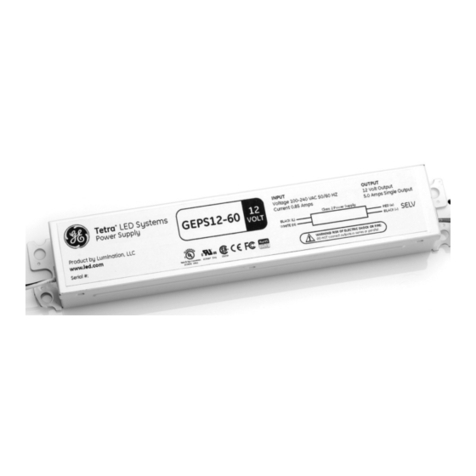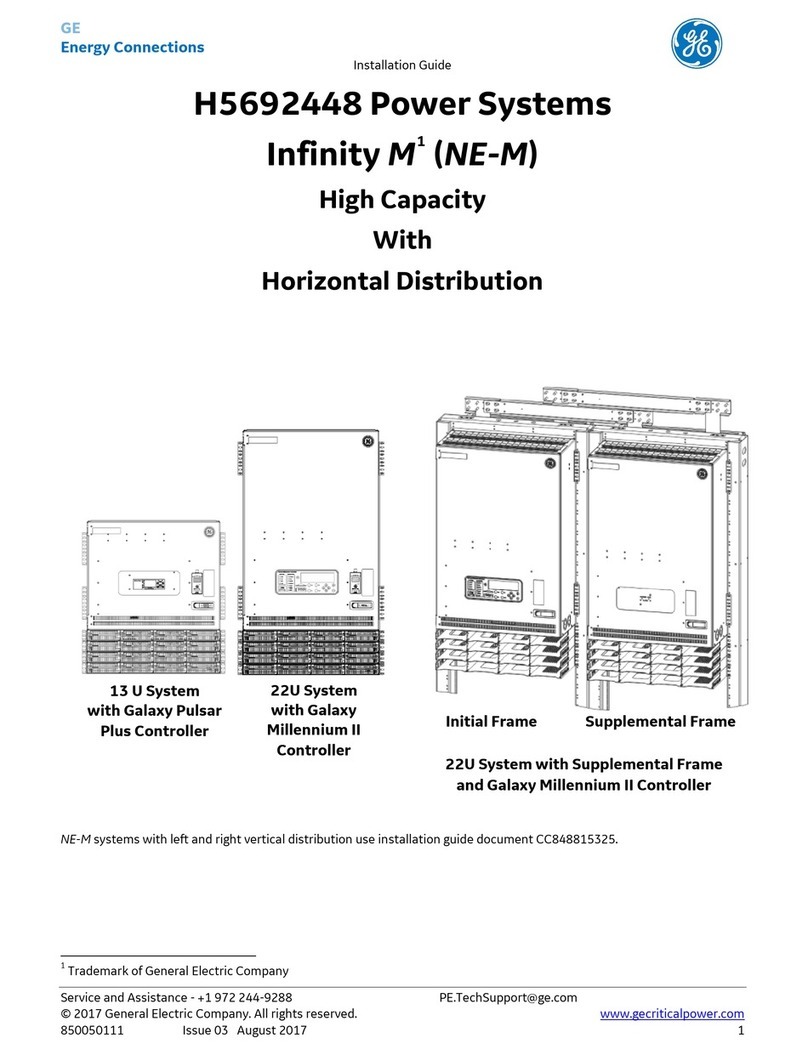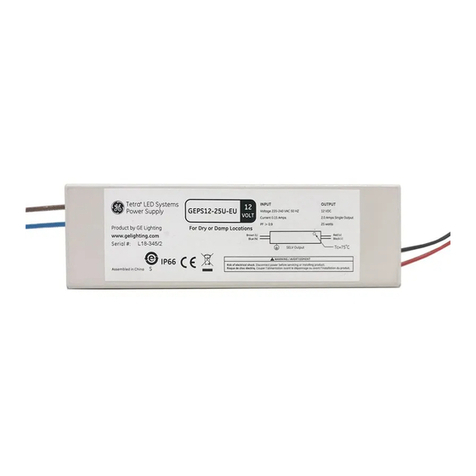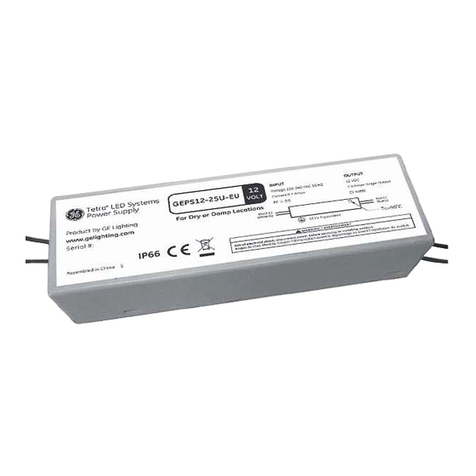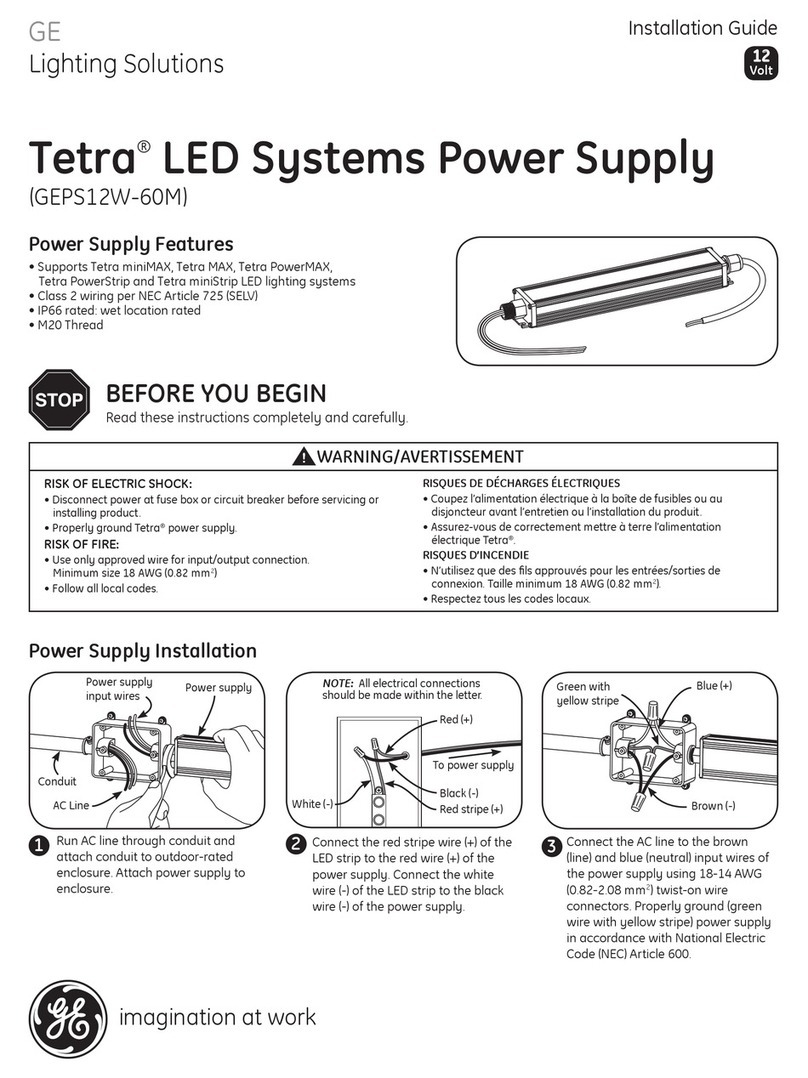
ITALIANOESPAÑOLDEUTCHFRANÇAISENGLISH
Important user information
All users must read this entire manual to fully understand the
safe use of EPS 601.
WARNING!
The WARNING! sign highlights instructions that must
be followed to avoid personal injury. It is important
not to proceed until all stated conditions are met and
clearly understood.
CAUTION!
The CAUTION! sign highlights instructions that must be followed
to avoid damage to the product or other equipment. It is
important not to proceed until all stated conditions are met and
clearly understood.
Note
The Note sign is used to indicate information important for
trouble-free and optimal use of the product.
CE Certifying
This product meets the requirements of applicable CE-directives.
A copy of the corresponding Declaration of Conformity is
available on request.
The CE symbol and corresponding declaration of conformity, is
valid for the instrument when it is:
– used as a stand-alone unit, or
– connected to other CE-marked GE Healthcare instruments, or
– connected to other products recommended or described in
this manual, and
– used in the same state as it was delivered from GE Healthcare
except for alterations described in this manual.
WARNING!
This is a Class A product. In a domestic environment this product
may cause radio interference in which case the user may be
required to take adequate measures.
Recycling
This symbol indicates that the waste of electrical
and electronic equipment must not be disposed
as unsorted municipal waste and must be
collected separately. Please contact an authorized
representative of the manufacturer for information
concerning the decommissioning of your equipment.
Safety Standards
This product meets the requirement of the Low Voltage Directive
(LVD) 73/23/EEC through the following harmonized standards:
• EN 61010-1
• IEC 61010-1
• CAN/CSA-C22.2 No. 61010-1
• UL61010-1
EMC Standards
This device meets the requirements of the EMC Directive 89/336/
EEC through the following harmonized standards:
• EN 61326 (emission and immunity)
• EN 55011, GR 1, Class A (emission)
• This device complies with part 15 of the FCC rules (emission).
Operation is subject to the following two conditions:
1 This device may not cause harmful interference.
2 This device must accept any interference received,
including interference that may cause undesired
operation.



